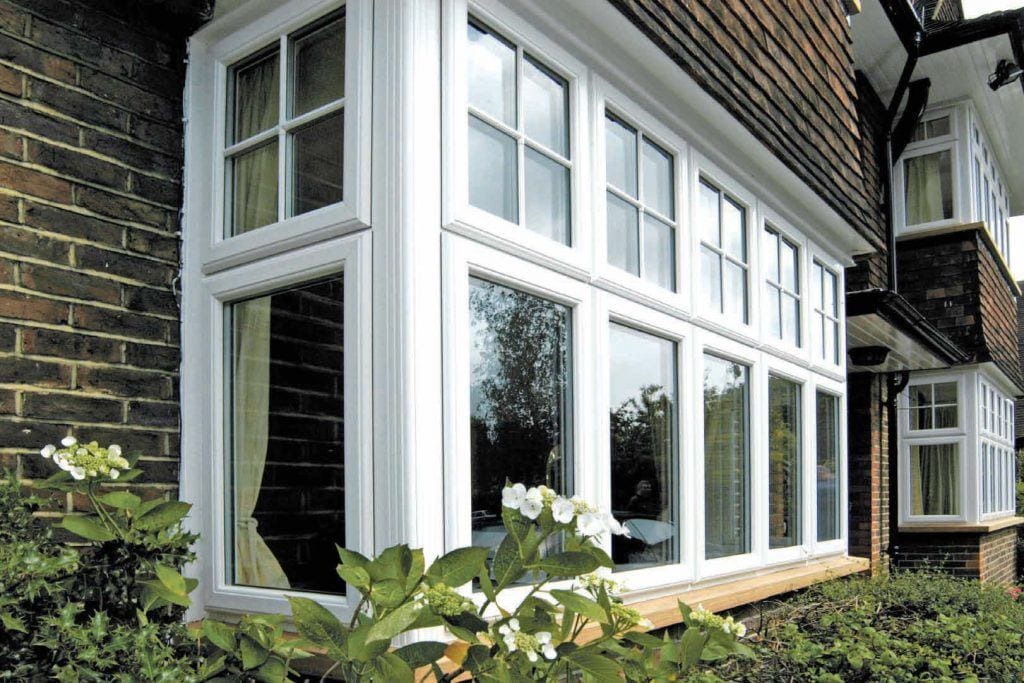Window installation is a crucial aspect of building and home renovation that significantly impacts energy efficiency, aesthetic appeal, and overall functionality. This observational research article aims to explore the various techniques employed during window installation, the challenges faced by installers, and the best practices that can enhance the quality and longevity of the installation process.

Introduction
The importance of proper window installation cannot be overstated. Windows serve as the primary barrier against external elements, including weather, noise, and pests. They also play a vital role in energy conservation and can greatly affect heating and cooling costs. Observational research was conducted over a two-week period at various residential and commercial sites to document the window installation process, focusing on the methods used, the challenges encountered, and the solutions implemented by professionals in the field.
Techniques in Window Installation
- Pre-Installation Assessment: Before any installation begins, a thorough assessment of the existing window frame and surrounding area is crucial. Installers check for structural integrity, moisture damage, and insulation needs. This step is vital to ensure that the new windows fit properly and perform optimally.
- Selection of Windows: The choice of window type, material, and style is determined based on the building’s architecture, climate, and the homeowner's preferences. Observations revealed that vinyl, wood, and fiberglass windows were the most common materials used, Double Glazing St Albans with vinyl being favored for its low maintenance and energy efficiency.
- Measurement and Preparation: Accurate measurements are essential. Installers take multiple measurements to account for any discrepancies in the existing frame. They prepare the window opening by removing old windows, cleaning the area, and repairing any damage to the frame or surrounding wall.
- Installation Techniques: The installation process typically involves placing the window into the opening, ensuring it is level and square. Observers noted the use of shims to adjust the window's position, followed by the application of flashing tape to prevent water infiltration. Caulking and insulation were also applied to seal gaps and enhance energy efficiency.
- Finishing Touches: After installation, trim and interior finishes are added to ensure a polished look. Installers often paint or stain the trim to match the interior decor, enhancing the overall aesthetic appeal of the window.
Challenges Faced During Installation
- Weather Conditions: One of the most significant challenges observed was the impact of weather on installation. Rain, wind, and extreme temperatures can complicate the process, leading to delays and potential damage to materials. Installers often had to adjust their schedules and use tarps or other protective measures to shield the work area.
- Structural Issues: Many sites presented unexpected structural problems, such as rotting wood or uneven walls. Installers had to adapt their approach, often requiring additional materials and time to ensure a secure fit. This adaptability is crucial for maintaining quality standards.
- Time Constraints: Many installers faced tight deadlines, especially in residential settings where homeowners wanted to complete projects quickly. This pressure can lead to rushed work, increasing the risk of mistakes. Observers noted that experienced installers managed their time effectively, often balancing speed with quality.
- Communication with Homeowners: Clear communication with clients was essential throughout the installation process. Installers often had to explain technical aspects and manage homeowner expectations regarding timelines and potential issues. Observing these interactions highlighted the importance of customer service in the installation process.
Best Practices for Successful Window Installation
- Training and Certification: Observations indicated that installers with formal training and certification tended to produce higher-quality work. Continuous education on new materials and techniques is essential for maintaining industry standards.
- Use of Quality Materials: The choice of high-quality windows and installation materials directly impacts the longevity and performance of the installation. Observers noted that reputable installers often recommended specific brands and products based on their experiences.
- Thorough Inspections: Regular inspections during the installation process can catch potential issues early. Observers noted that some installers conducted interim checks to ensure that each step was completed correctly before moving on to the next.
- Post-Installation Follow-Up: A follow-up with homeowners after installation can help address any concerns and ensure satisfaction. This practice not only builds trust but also provides valuable feedback for installers to improve their services.
Conclusion
The observational research conducted on window installation revealed a complex interplay of techniques, challenges, and best practices that define the industry. Proper installation is not merely a technical task; it involves careful planning, adaptation to unforeseen challenges, and a commitment to quality. By understanding these dynamics, both installers and homeowners can work together to achieve optimal results, ensuring that windows not only enhance the beauty of a building but also contribute to its energy efficiency and overall comfort. As the demand for energy-efficient and aesthetically pleasing windows continues to grow, the importance of skilled installation will remain paramount in the construction and renovation landscape.









